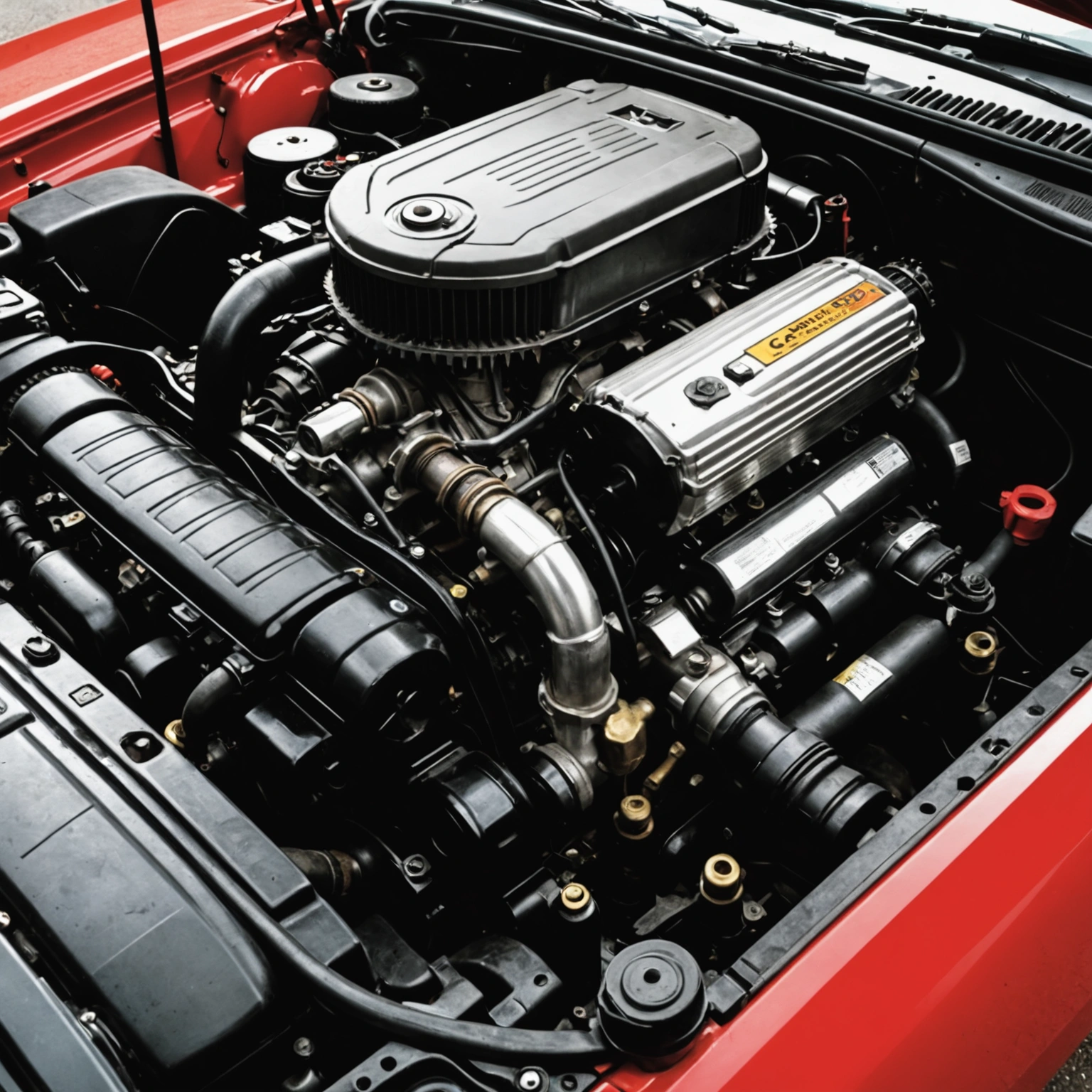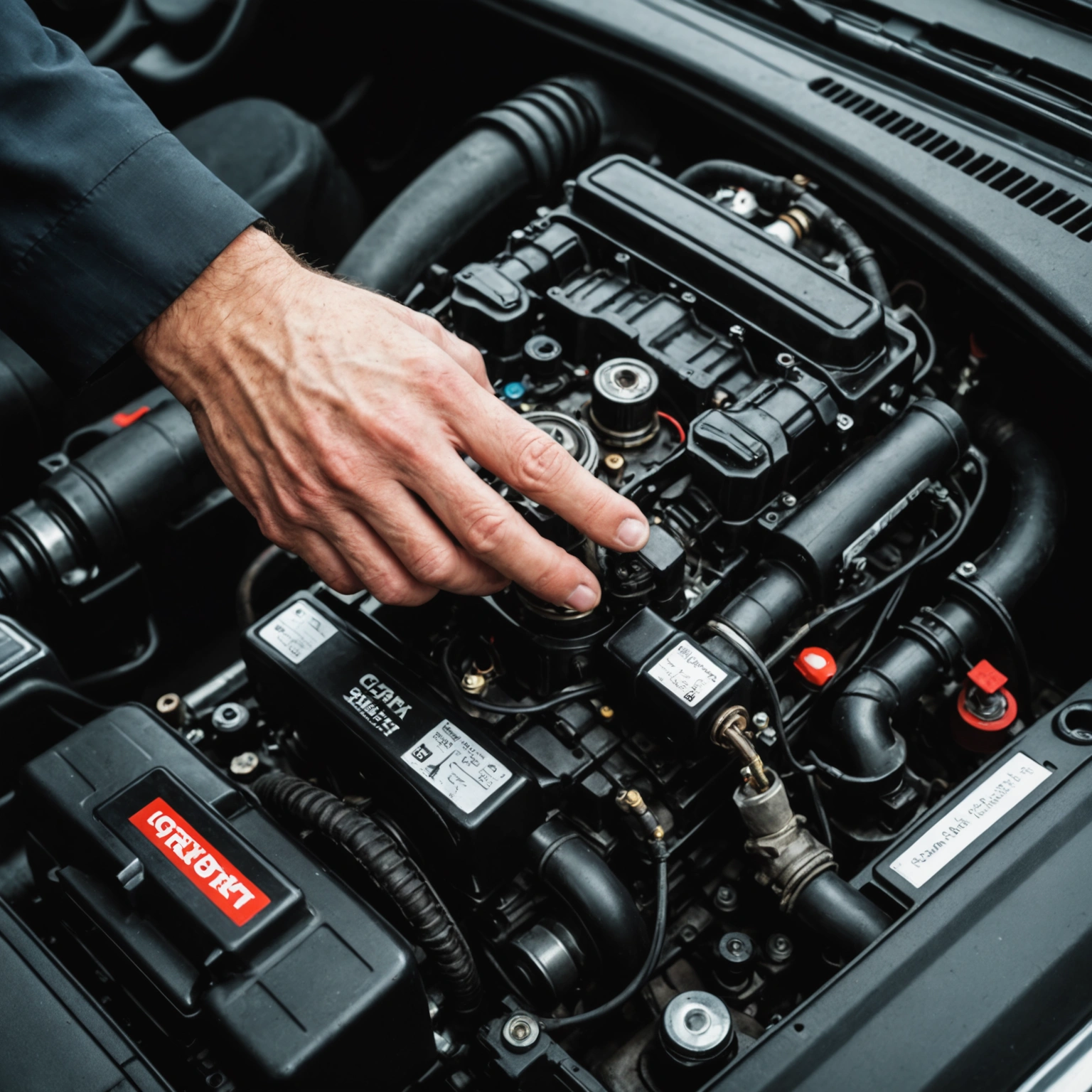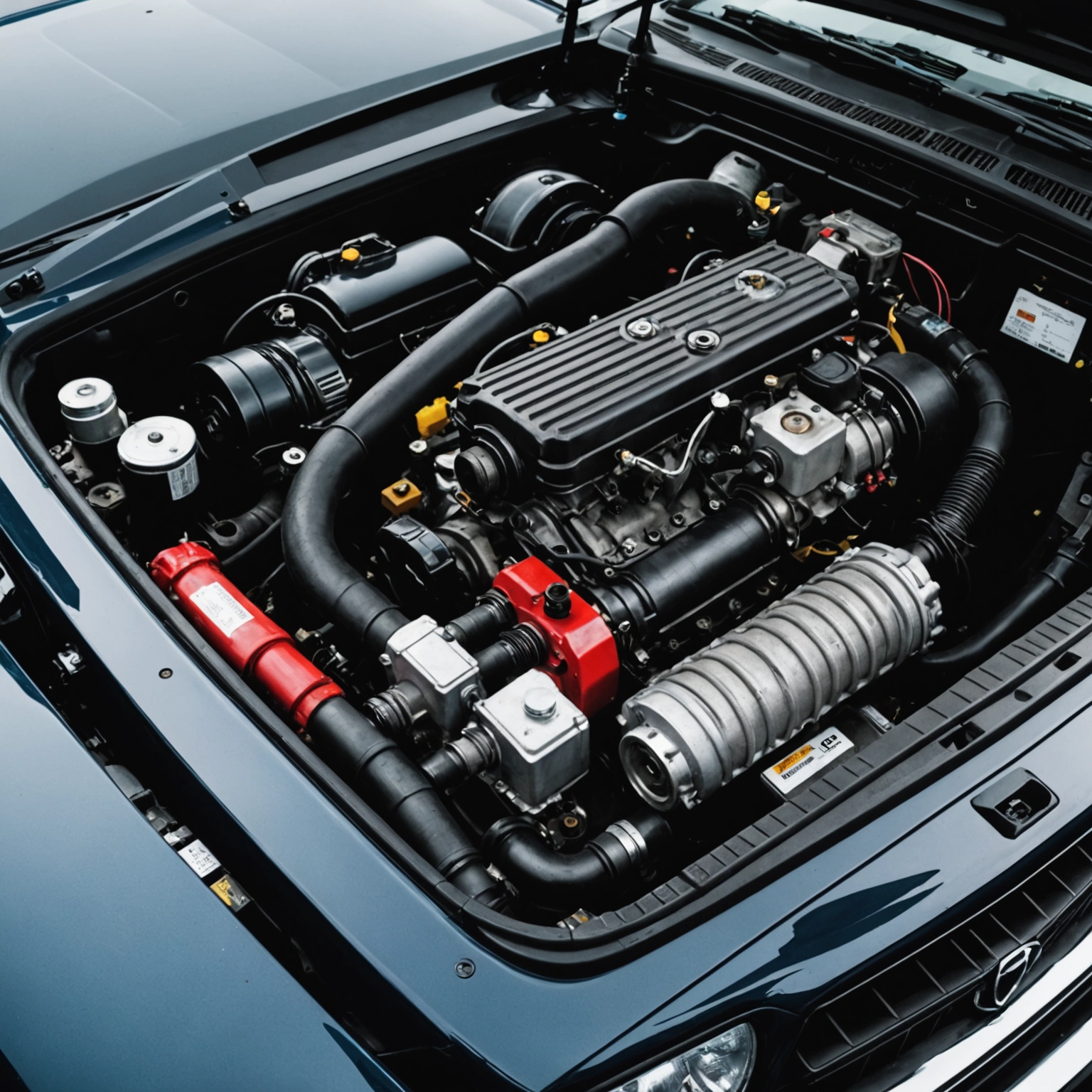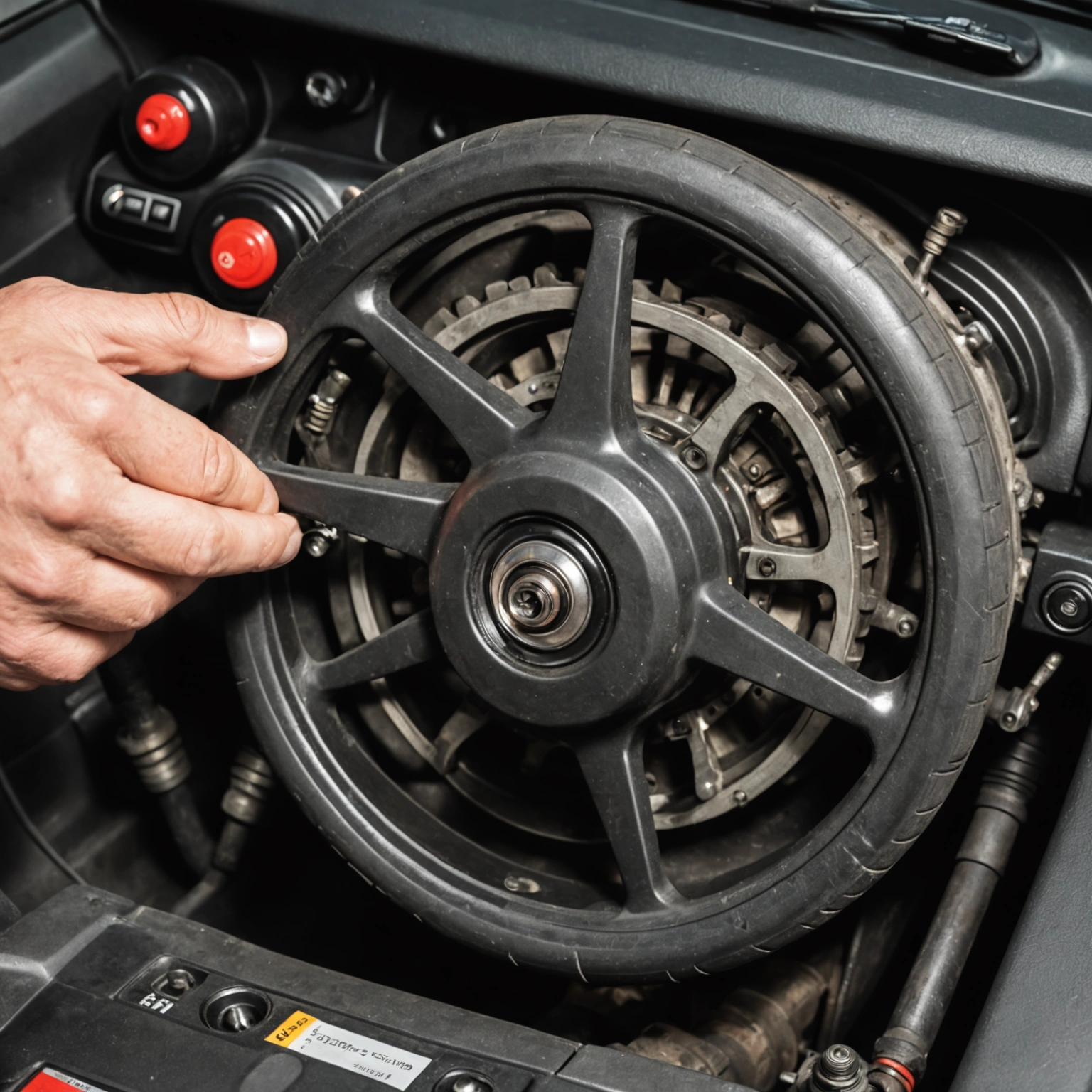**Why Does My Car Crank But Won’t Start? Understanding the Common Causes**
If you’ve ever turned your key or pushed the start button only to hear the engine crank but fail to ignite, you’re not alone. This frustrating situation can leave you wondering what’s wrong with your vehicle. While it might seem like a complex problem, understanding the common causes can help you troubleshoot and determine whether you can fix it yourself or need professional assistance.

### What Does “Cranking but Not Starting” Mean?
When your car cranks, the starter motor is turning the engine over. However, if the engine doesn’t catch and run on its own, it indicates a problem preventing combustion. Essentially, your engine is getting the mechanical motion but isn’t receiving or igniting fuel properly.

### Common Causes of a Car Cranking but Not Starting
1. **Fuel Delivery Issues**

– **Empty or Low Fuel**: It sounds obvious, but sometimes the fuel gauge isn’t accurate, or you simply forgot to refill.
– **Fuel Pump Failure**: The fuel pump supplies gasoline from the tank to the engine. If it’s malfunctioning, no fuel reaches the engine, preventing start-up.

– **Clogged Fuel Filter**: A clogged filter can restrict fuel flow, causing starting issues.
2. **Ignition System Problems**
– **Bad Ignition Switch**: If the switch doesn’t send the proper signal, the engine may crank but not start.
– **Faulty Spark Plugs or Ignition Coils**: Without spark, fuel-air mixture won’t ignite, preventing engine startup.
3. **Battery and Electrical System**
– **Weak or Dead Battery**: A low battery may cause sufficient power to crank the engine but not enough for ignition.
– **Corroded or Loose Battery Connections**: Poor connections can disrupt electrical flow, affecting starting and ignition.
4. **Sensor and Computer Issues**
– **Bad Crankshaft or Camshaft Position Sensors**: These sensors inform the engine control unit (ECU) when to fire the spark plugs. Failure can prevent engine start.
– **Faulty Engine Control Module (ECU)**: A malfunctioning ECU can misinterpret signals, disrupting ignition timing.
5. **Starter or Alternator Problems**
– **Faulty Starter Motor or Solenoid**: While your engine may crank, issues here can prevent engine ignition.
– **Alternator Issues**: While primarily charging the battery, a failing alternator can lead to a weak electrical system affecting starting.
6. **Security or Anti-Theft System Activation**
– Some vehicles have anti-theft systems that can prevent the engine from starting if they detect tampering or malfunction.
### Troubleshooting Tips
– **Check the Fuel Level**: Confirm there’s enough fuel.
– **Listen for Fuel Pump Noise**: When turning the key to “On,” you should hear a brief humming sound from the fuel tank—indicating the pump is working.
– **Inspect Battery and Connections**: Ensure the battery is charged and terminals are clean and tight.
– **Examine Spark Plugs**: Remove a plug and check for fouling or wear.
– **Look for Error Codes**: Use an OBD-II scanner to identify potential sensor or ECU problems.
– **Check Fuses and Relays**: A blown fuse related to the fuel or ignition system can cause starting issues.
### When to Seek Professional Help
If basic troubleshooting doesn’t resolve the issue, or if you’re uncomfortable performing diagnostics yourself, it’s best to consult a certified mechanic. They can perform comprehensive tests to pinpoint the exact cause and perform necessary repairs safely.
—
**In Summary:**
Your car cranking but not starting can stem from various issues, including fuel delivery problems, ignition system faults, electrical issues, sensor failures, or security system triggers. Careful inspection and diagnosis can often identify the culprit, saving you time and money. Remember, safety first—if you’re unsure about handling automotive repairs, professional assistance is always the best route.
—
Feel free to share your experiences or ask questions in the comments below!

